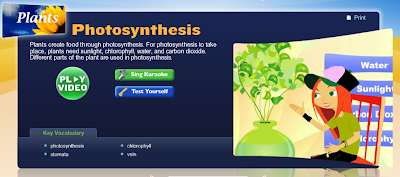I am sharing my response in case it helps you prepare your student:
In class, we noticed a pattern: all the numbers we're finding factors of/considering as multiples 2-9 have a one-digit number in the factor pair, so I have been emphasizing testing 1-9 in order using multiplication. (Since the students only need to be able to work in the range of 1-100, this pattern will be true with every number except 100) Trying a multiple of 10 as the other factor can help the counting process go faster. For example with 54:
2 x 20 = 40, so 2 x 21 = 42, 2 x 22 = 44, 2 x 23 = 46, 2 x 24 =
48, 2 x 25 = 50, 2 x 26 = 52 , 2 x 27 = 54
You could also consider 2 x 30 = 60, which is closer, but past 54
and work backwards: 2 x 29 = 58, 2 x 28 = 56, 2 x 27 = 54
The most efficient strategy will be division (if there is a remainder,
then the divisor is not a factor), but since we haven't gotten to division yet
in our Math lessons, I am waiting to introduce this (although what the students
are doing now with a multiplication equation missing a factor is division).










